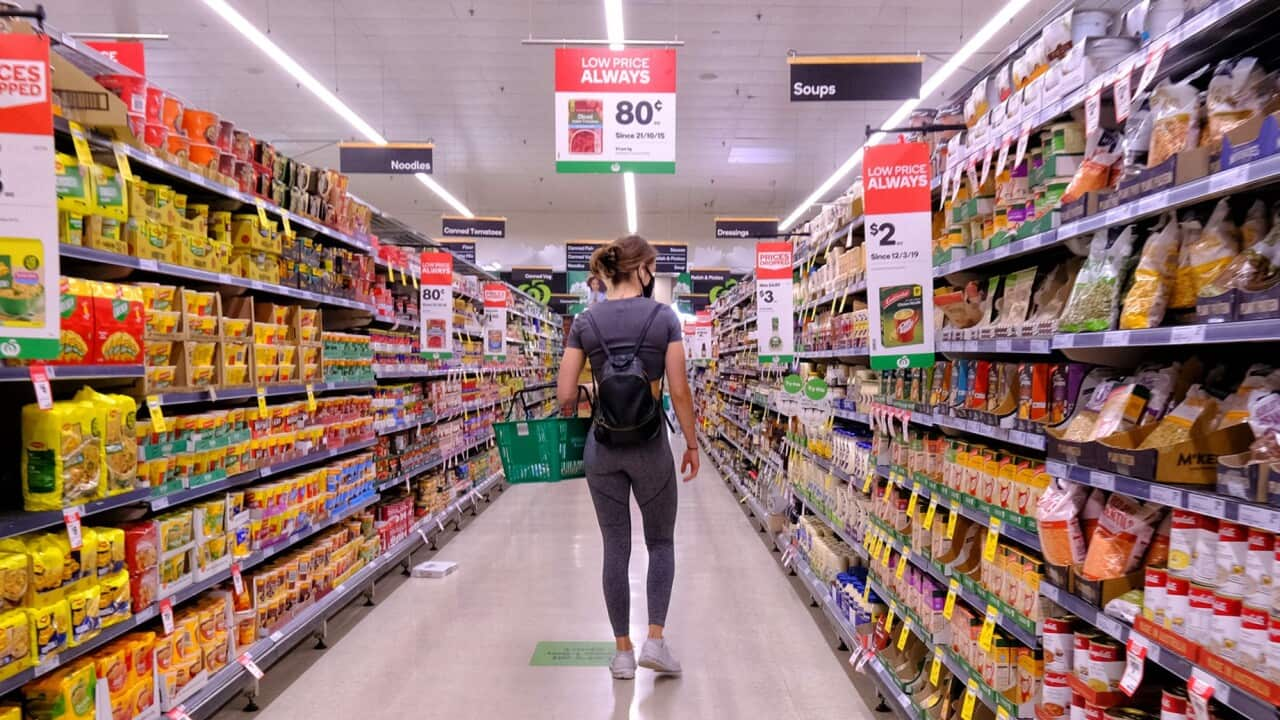As the , more and more people in Australia are having to work multiple jobs to make ends meet.
According to the Australian Bureau of Statistics (ABS), in March 2024, the number of employees with multiple jobs has risen to 974,000, making up roughly 7 per cent of the country's employed people.
This number stood at 950,000 in March 2023.
Most employees with multiple jobs are women, a trend which hasn’t changed over the past year.
However, more men have joined ranks with these women since last year.
As of March 7.3 per cent of the workforce with multiple jobs comprised women whereas men stood at 6 per cent.

Household spending has nearly halved
Alongside these statistics, the ABS also released its latest data on household spending.
In April 2024, monthly household spending increased at the rate of 3.4 per cent through the year.
Exactly 12 months before, the ABS said the number stood at 6 per cent.
Household spending from April 2023 has mostly seen an upward trend, except for a sharp fall in January this year.

Non-discretionary spending is on things people need or to meet a legal obligation, while discretionary spending can be considered optional.
Health-related spending on the increase
Health-related spending has also gone up.
ABS data shows household spending on health is 15.7 per cent higher than a year ago.
Robert Ewing, ABS head of business statistics, said: "Spending on health made the largest contribution to the overall 3.4 per cent rise in household spending in April."
"We saw a 5.8 per cent rise in spending on non-discretionary goods and services (things that people need or meet a legal obligation), with households also spending more on fuel and food.
"In contrast, discretionary spending (spending that can be considered 'optional') rose 0.6 per cent over the year as households continue to limit their spending on non-essentials."





